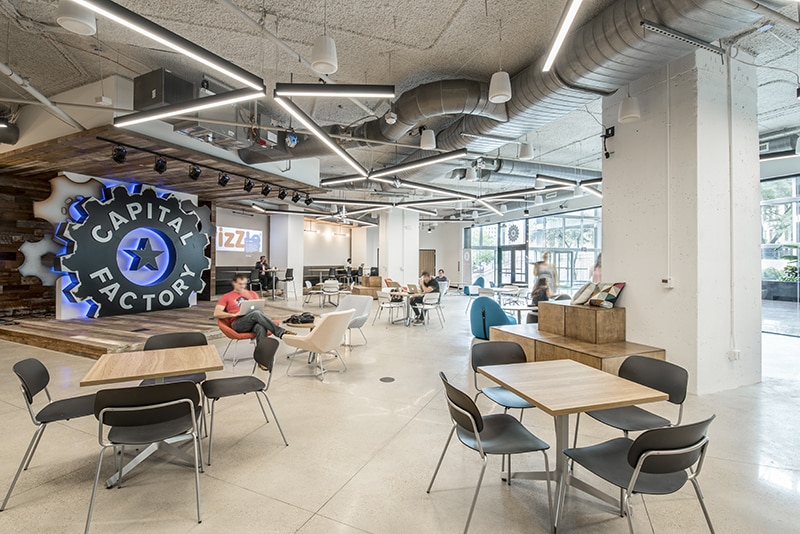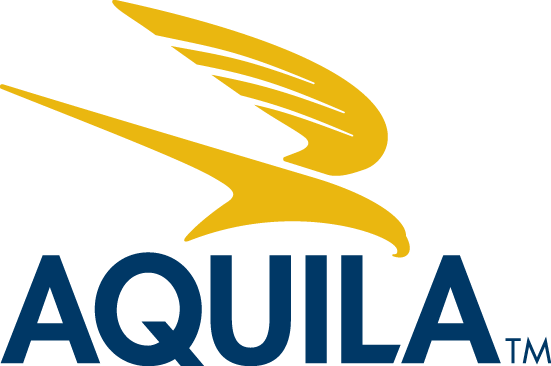Are you building out your office space and trying to decide between traditional data cabling or wireless options? At AQUILA, our project management team is always looking for ways to save our clients money on their office build-out.
But once the project is underway, it can be difficult to find ways to cut down costs. Sometimes there’s just no wiggle room on the construction plan, but more often, it’s difficult to remove or revise aspects of the design, once a client has fallen in love with it.
Luckily, our project managers have found an easy solution to value engineer your office build-out, without sacrificing high-quality finishes, employee-friendly amenities, or anything else you may love about your office design.
Read Now: 4 Ways a Project Manager Can Help You Save Money
This article presents a cost-saving strategy for your office build-out, outlining the transition from standard data cabling to a wireless office network, resulting in substantial financial savings.
Cost of Data Cabling for Office Build-outs
In the context of office setups, a “data drop” refers to the connection point where telecommunication devices, such as landlines, computers, printers, and fax machines, are plugged into the building’s cabling system. Typically, during the office build-out process, multiple data drops are required to accommodate the needs of each employee.
While the cost per data drop is relatively modest (ranging between $125 and $200), the cumulative expenses can escalate significantly. For instance, considering two drops per employee and additional drops for conference rooms, workrooms, and the front desk, an office with 30 to 50 employees may require 100 to 150 drops, resulting in data cabling costs ranging from $12,000 to $30,000.
Benefits of Using a Wireless Office Network Instead of Data Cabling
To optimize cost efficiency during your office build-out, consider embracing a wireless infrastructure instead of investing significant funds in hardwired connections.
By transitioning from landline phones and desktop computers to cell phones and laptops, you can eliminate the expense of data drops for each employee. Instead, allocate resources towards a robust WiFi network and cell phone reimbursement plans. These expenses are often already part of your budget, but the savings from data cabling can be redirected toward enhancing routers, bandwidth, download speed, and other network capabilities.
Read Next: The Ultimate Guide to Building Out Office Space
While a few data drops may still be necessary for Wireless Access Points (WAPs) and certain communal spaces like conference rooms, printer connections, and the office mainline, this approach significantly reduces costs compared to installing connections for every employee.
For instance, in a recent office build-out project managed by AQUILA, the initial proposal included two drops per employee and standard communal lines, amounting to a quote exceeding $10,000. However, by transitioning to a wireless, cloud-based system that required only 25% of the original number of drops, the quote decreased to just $3,000.
AQUILA Pro Tip
Be sure to price out the best cable type for you
This article delves into the concept of data drops using standard CAT5E cabling, which necessitates individual cables for each device. However, the emergence of CAT6 cabling offers a notable advantage: the ability to accommodate multiple devices on a single cable, thereby reducing the overall number of drops required.
Although CAT6 cables carry a higher unit cost compared to CAT5E, the cost-effectiveness is still greater when opting for fewer CAT6 cables. Consequently, installing a reduced quantity of CAT6 cables at a slightly higher price per unit remains a financially prudent approach.
Wireless Offices Fit the Trend Towards Creative and Flexible Workspaces
The increasing popularity of wireless office setups aligns with the growing trend of creative office spaces.
Characterized by flexible workspaces and collaborative areas, creative offices heavily rely on wireless connections. Such setups enable employees to effortlessly reconfigure work areas, seamlessly transition between desks for team meetings, and utilize conference rooms or communal spaces for productive brainstorming sessions—all while staying connected to their company laptops.

Capital Factory utilizes a wireless network connection to allow for maximum flexibility and scalability within its coworking offices.
Moreover, wireless connections offer seamless scalability for your company.
Traditional data cabling necessitates the installation of new cables for each new employee, restricting furniture layout options based on drop locations. For example, replacing four cubes with six workstations would typically require new data drops for the additional stations.
In contrast, wireless setups provide the flexibility to effortlessly accommodate new employees or reconfigure workspaces according to your evolving needs, without the constraints imposed by physical cabling.
Read Next: 3 Tips to Keep Your Commercial Build-Out Costs on Budget
Additional Money-Saving Benefits of Going Wireless in Your Office
Implementing a wireless infrastructure not only offers cost savings and flexibility but also reduces clutter in your server room, resulting in a streamlined setup with fewer switches, cables, and racks.
By minimizing the equipment housed in your server room, you can often downsize the space, reclaiming that square footage for productive use within your office.
Depending on your requirements, it may even be possible to eliminate the dedicated server room entirely, relocating it to a compact closet or utilizing wall-mounted racks in storage rooms, conference rooms, or even individual offices.
AQUILA PRO TIP
Do you need an on-site server?
As you transition to a wireless infrastructure, consider whether an on-site server is necessary for your operations. Many companies are adopting cloud-based servers, eliminating the need for dedicated server space. In this scenario, a small area would suffice to accommodate the few cables connecting Wireless Access Points (WAPs), printers, and conference phones to switches and patch panels.
Moving to a cloud-based server not only frees up office space but also eliminates the requirements for:
- Supplemental HVAC systems in the server room, resulting in cost savings ranging from $5,000 to $10,000.
- Emergency backup Uninterrupted Power Supplies (UPS); these responsibilities are handled by the data center.
- Access controls based on security concerns.
- Maintenance and costly upgrades can be both time-consuming and expensive.
Transitioning to a cloud-based server offers multiple benefits, including:
- Square footage savings in your office, as the need for a dedicated server room is eliminated.
- Cost savings from not requiring supplemental HVAC in the server room, with potential savings ranging from $5,000 to $10,000.
- Removal of the necessity for emergency backup Uninterrupted Power Supplies (UPS), as these responsibilities are managed by the data center.
- Streamlined access controls, addressing security concerns.
- Reduction in maintenance and upgrade expenses, which are often both costly and time-consuming.
So what’s next?
This article aims to provide you with practical approaches to cost-saving during your office renovation while preserving the integrity of the design.
To learn more about budgeting for your office build-out, check out these articles:
- 5 Things That Affect the Cost of Your Office Build-out
- Cost to Build Out Office Space: How to Plan and Budget
- Value Engineering: Definition & How to Save Money On Office Build-Outs
Or download our Office Budget Template to start planning your own office build-out budget.
For another quick tip on how you might save money, without cutting costs on your construction budget, take a look at these 5 Reasons to Consider Renting Versus Buying Office Furniture.
If you’re facing budgetary challenges with your office build-out or seeking proactive guidance for an upcoming project, reach out to our project management team today to ensure a successful outcome.











